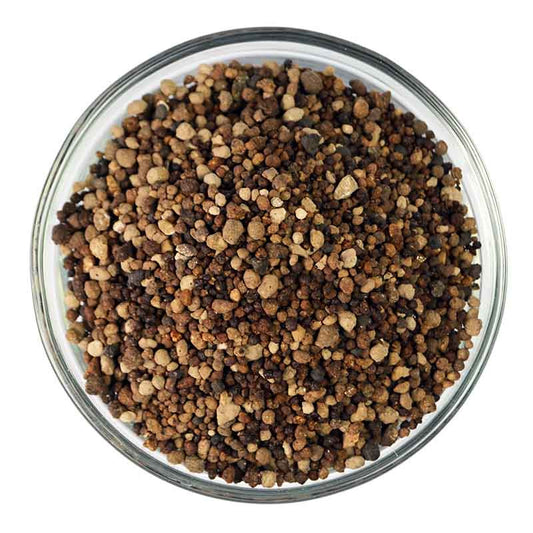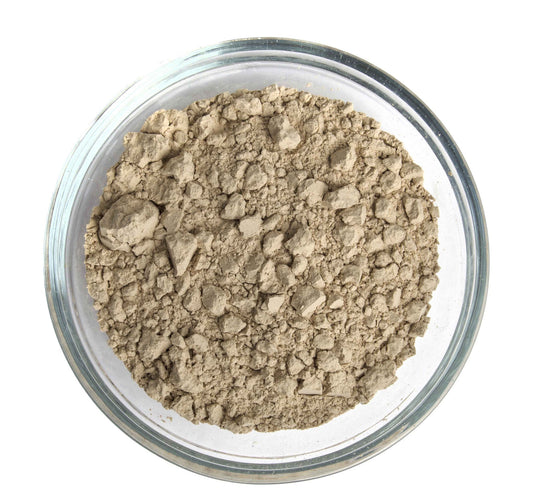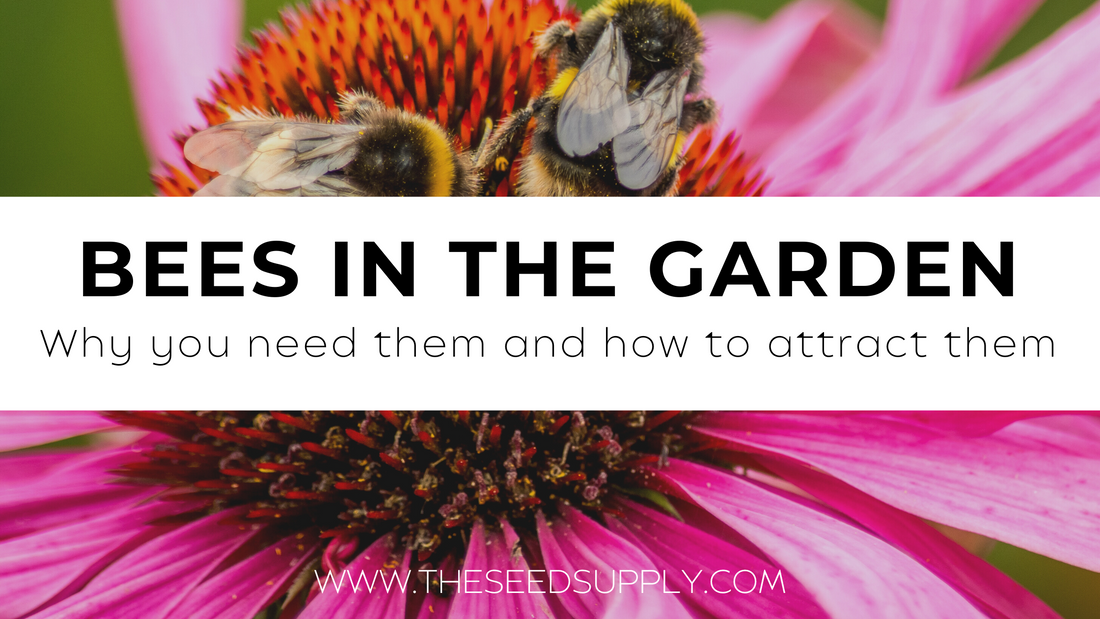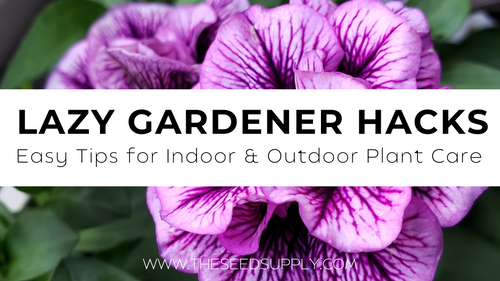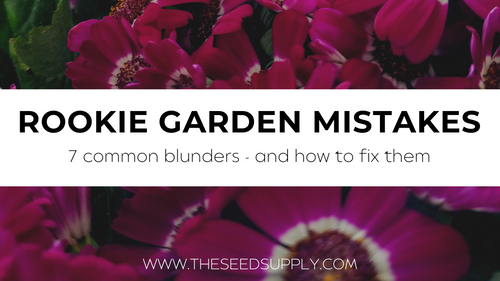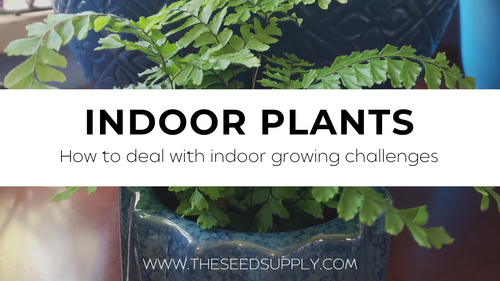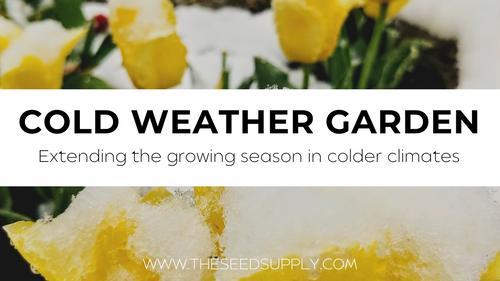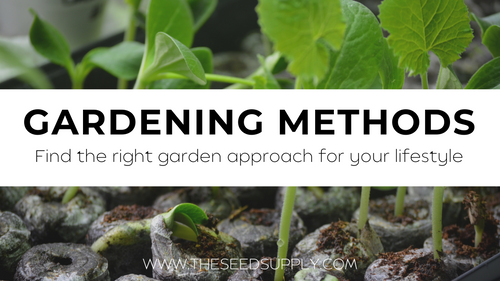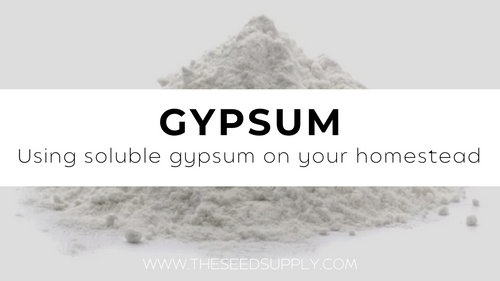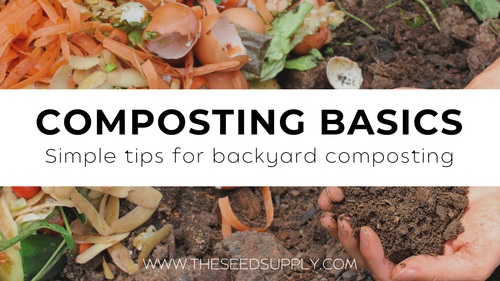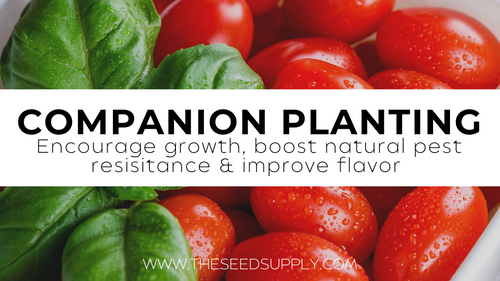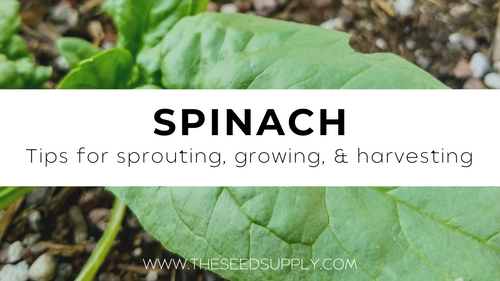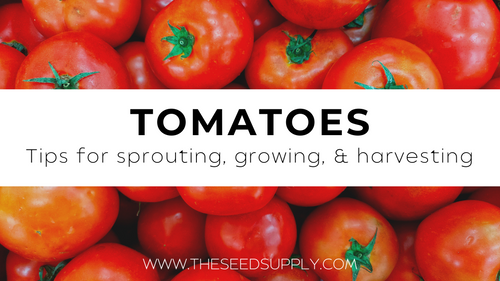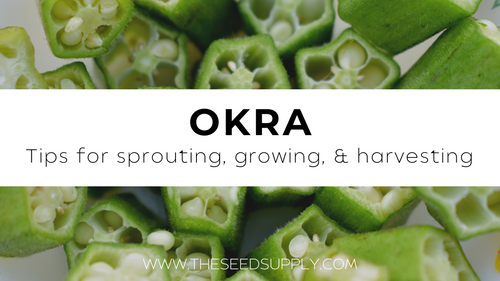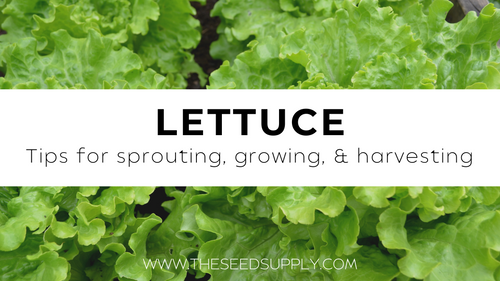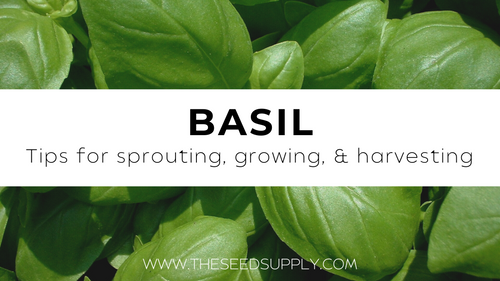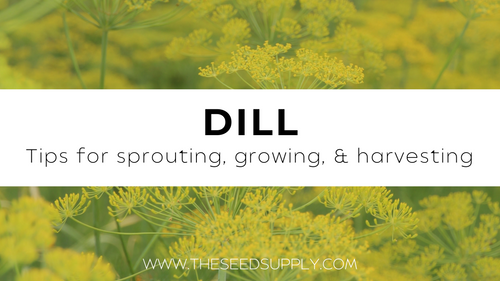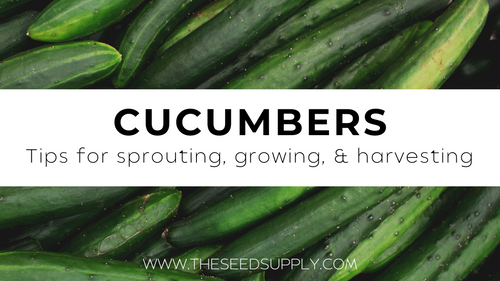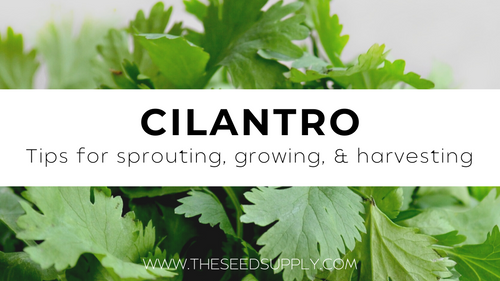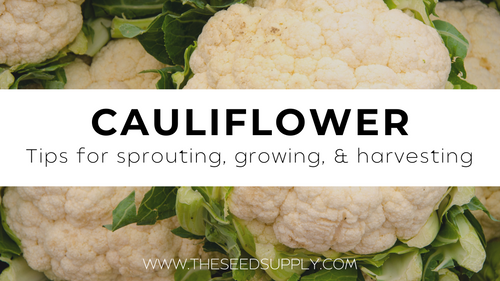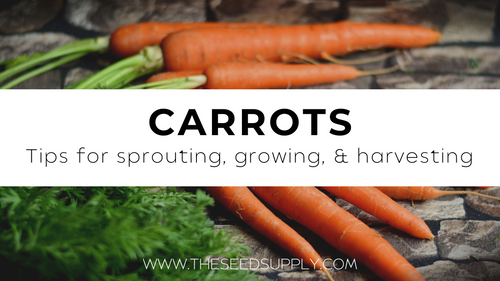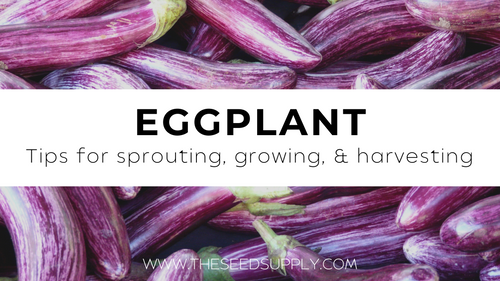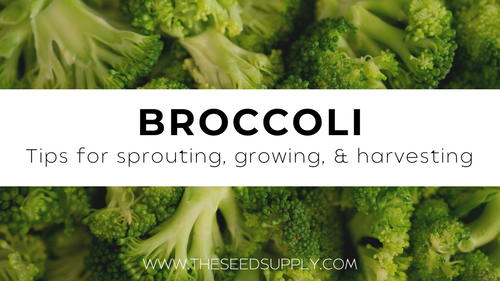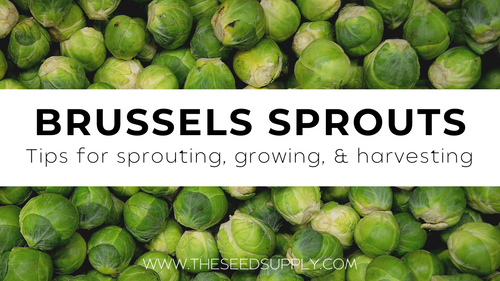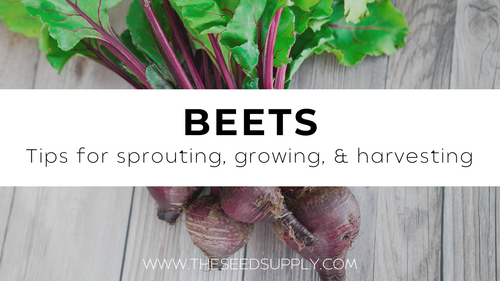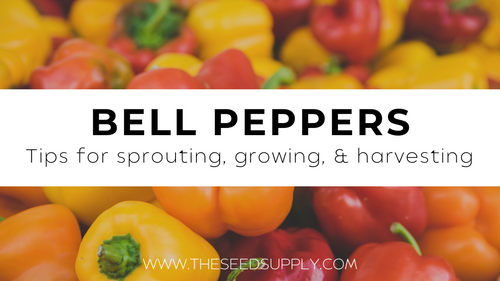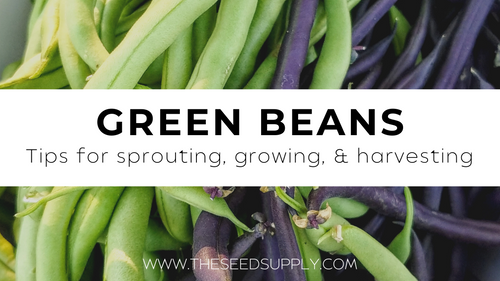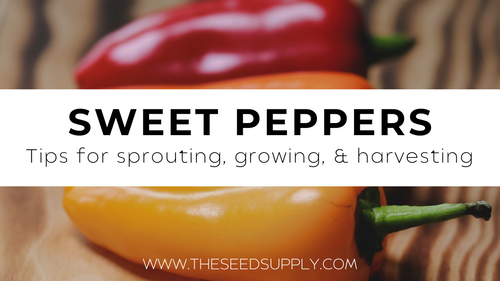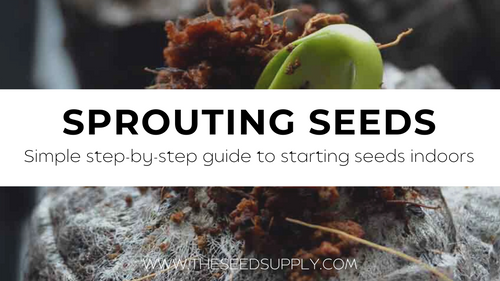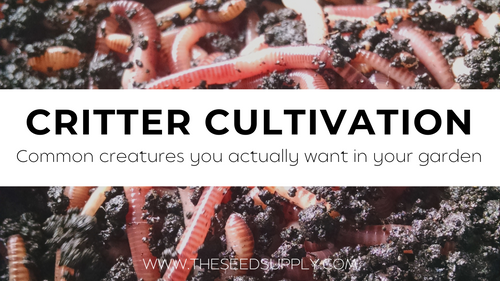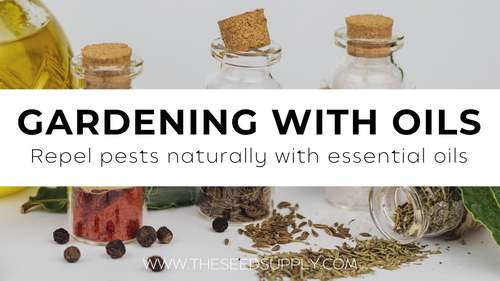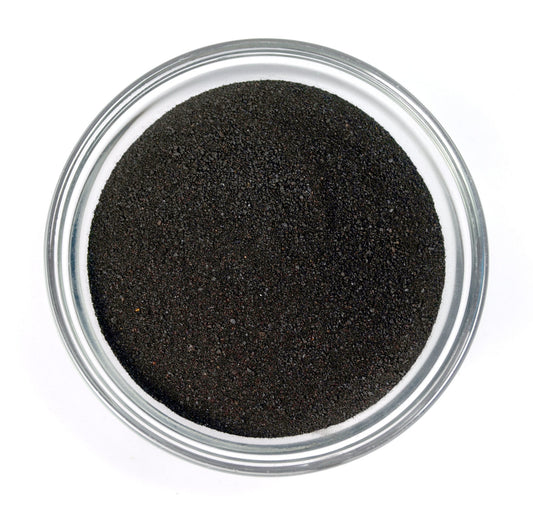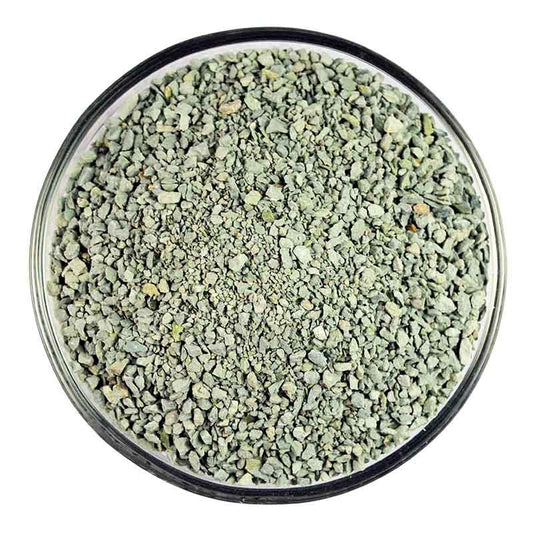Having bees buzzing in your garden is a great sign. These busy little pollinators are crucial to a healthy eco system, and will actually help your garden to flourish and produce more. Unfortunately our buzzing bee friends are facing a global crisis. Bee numbers are declining dramatically, primarily from widespread pesticide use in the agricultural sector. But you can help! By planting ‘bee friendly’ plants and flowers in your garden you can help to provide much needed food and shelter for our at risk bee community. Plus your garden will thrive with the addition of these brilliant buzzing little wonders.
Why are bees in your garden a good thing?
 Bees are pollinators, which means that as they travel from one flower to the next they transfer pollen, which sticks to their fuzzy coats. Moving pollen between blossoms like this means that crops will produce bigger, larger and healthier crops. The most common pollinator bee is the common honey bee. Without these pollinating workers, our entire global food supply will come under threat, so providing a safe and healthy environment for them to live and thrive in is essential to the health of our planet, and the human race!
Bees are pollinators, which means that as they travel from one flower to the next they transfer pollen, which sticks to their fuzzy coats. Moving pollen between blossoms like this means that crops will produce bigger, larger and healthier crops. The most common pollinator bee is the common honey bee. Without these pollinating workers, our entire global food supply will come under threat, so providing a safe and healthy environment for them to live and thrive in is essential to the health of our planet, and the human race!
How to attract bees to your home garden
Bees are homely little things, which means that when they find a place that is safe and with a plentiful food supply, they will stick around. This means that it is easy to attract bees to your garden and get them to stay with just a few new additions to your garden. Here are some tips for you to make your garden more bee friendly –
Create a bee smorgasbord
Plant plants that bees love to snack on to encourage them into your garden.
Avoid using pesticides
Harmful pesticides and chemicals in your garden not only negatively impact your own health and the health of your family, but are also detrimental to the bee population. Make using natural pest control a priority in your garden. The bees (and your body) will thank you for it!
Plant variety
There are around 4,000 species of bees in the US alone, all with different tastes, needs and work cycles. Some bees will be active all year round, while others only get busy during the spring and summer months. To cater for all bee species, plant a variety of plants that flower throughout the year.
Got a question or some tips for encouraging a thriving bee community in your backyard? Leave a comment below!

